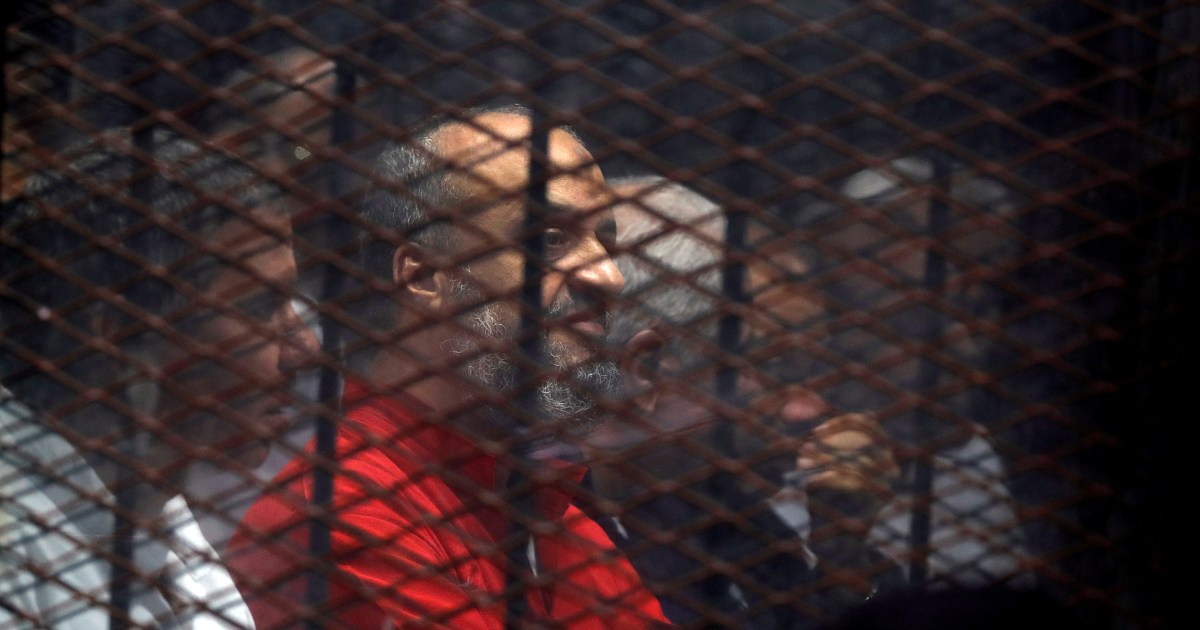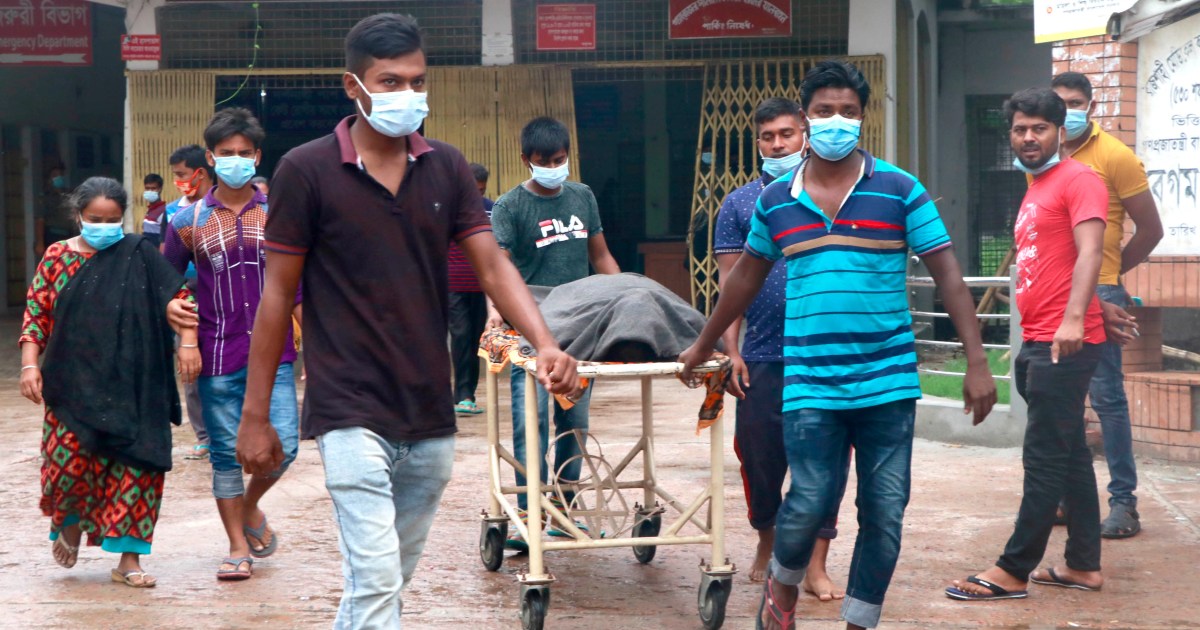[ad_1]
Egypt says the unilateral move violates international laws and standards as tensions continue to mount over the massive dam built on the main tributary of the Nile.
Egypt said it had received official notification from Ethiopia that it had started the next phase of filling a controversial huge dam on the main tributary of the Nile, sparking tensions days before an upcoming Security Council meeting United Nations on the matter.
In a statement released on Monday evening, the Egyptian irrigation ministry expressed its “firm rejection of this unilateral measure” and said the decision was “a violation of international laws and standards that regulate projects built on the shared basins of the international rivers ”.
The Grand Ethiopian Renaissance Dam (GERD), which is slated to be Africa’s largest hydropower project when completed, is the source of a nearly decade-long diplomatic standoff between Ethiopia and downstream countries, Egypt and Sudan.
Addis Ababa says the project is essential for development, but the governments in Cairo and Khartoum fear it will restrict their citizens’ access to water.
The amount of water accumulated would depend on the amount of seasonal rain that fell in Ethiopia, Egyptian Irrigation Ministry spokesman Mohamed Ghanim told a local TV station.
“We will not see any effect now on the Nile. We have a month or a month and a half ahead of us, ”he said.
Egypt and Sudan have both pushed Ethiopia to sign a binding agreement on the filling and operation of the dam, and have urged the UN Security Council to take up the issue in recent weeks.
Thursday’s meeting was requested by Tunisia on behalf of Egypt and Sudan, a diplomatic source told AFP news agency. But the French ambassador to the UN said last week that the council itself cannot do much except bring the parties together.
Egyptian Foreign Minister Sameh Shoukry said in a note to the UN that the negotiations were deadlocked and accused Ethiopia of adopting “a policy of intransigence that has undermined our collective efforts to achieve this. to an agreement ”.
The Ethiopian government had previously announced that it would move to the second filling stage in July, with or without a deal.
The Nile – which at 6000 km (3,700 miles) is one of the longest rivers in the world – is a vital source of water and electricity for dozens of countries in East Africa.
Egypt, which depends on the Nile for almost all of its irrigation and drinking water, sees the dam as an existential threat.
Egyptian President Abdel Fattah el-Sisi warned Ethiopia earlier this year that his government will not tolerate any measures that reduce Egypt’s share of Nile water.
He said that “all options are open” if Egypt’s part is “affected”, urging Addis Ababa to cooperate with Cairo and Khartoum to avoid any conflict.
Sudan hopes the project will regulate annual flooding but fears its dams will be damaged without an agreement on the Ethiopian operation.
The 145-meter (475-foot) mega-dam, construction of which began in 2011, has a capacity of 74 billion cubic meters.
The filling began last year, with Ethiopia announcing in July 2020 that it had reached its target of 4.9 billion cubic meters – enough to test the dam’s first two turbines, a milestone on the way to the effective production of energy.
The goal is to impound an additional 13.5 billion cubic meters this year.
Egypt and Sudan wanted a trilateral agreement on the operation of the dam to be concluded before any filling began.
But Ethiopia says it’s a natural part of construction, so it’s impossible to postpone it.
Last year Sudan said the process caused water shortages, including in Khartoum, a claim disputed by Ethiopia.
Yasser Abbas, the Sudanese Minister of Water, warned in April that if Ethiopia proceeds to the second stage of the filling, his country “will take legal action against the Italian company which is building the dam and the Ethiopian government”.
He said the lawsuits would show that “the environmental and social impact as well as the dangers of the dam” have not been adequately addressed.
[ad_2]
Source Link






